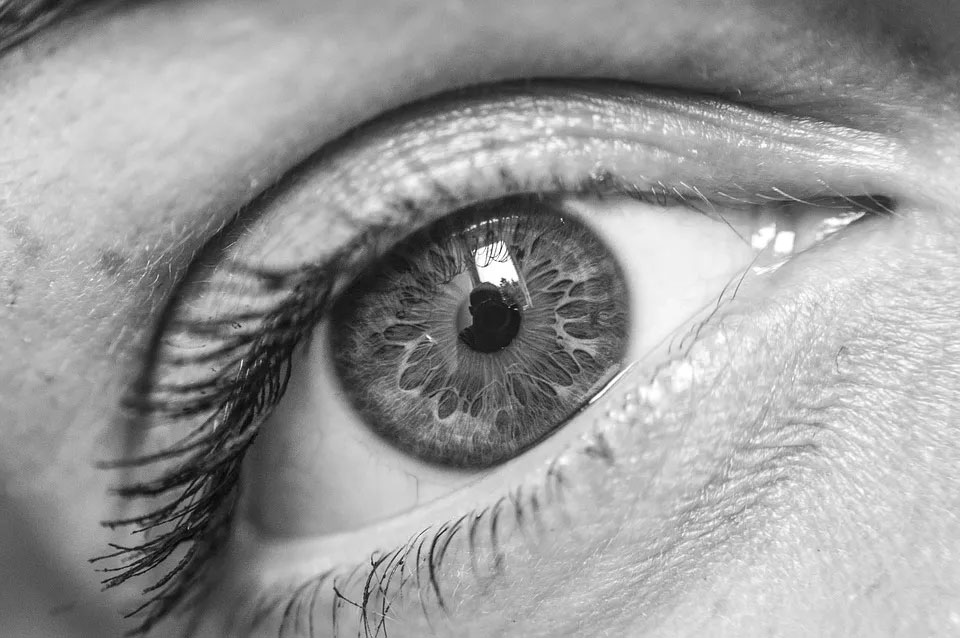According To AMD, Technology FSR Addition To The Scale Of The Rendered Graphics Can Be Used By Anyone To Scale Independently Of The Photos Will Also Be Used.
AMD About A Year Ago Of Open Source Technology Fidelityfx Super Resolution Or (FSR), To Compete With The Technology Scale Of NVIDIA Named DLSS That Only The Onboard Graphics Is Applicable To The Company Unveiled.
According to AMD, technology FSR addition to the scale of rendering graphics, you can scale independently of the photos will also be used.
AMD graphic architect Reese Samplett has shared the game text command line at GitHub, which allows users to use FSR to scale any image. To do this, you need to run two commands that apply Edge Adaptive Spatial Scaling (EASU) and Contrast Adaptive Sharpening (RCAS).
These two are, in fact, the separate pathways that make up the FSR. Additionally, you can customize the sharpness level in the RCAS path. The final scaled image will then save in the desired path.
This feature can use to see the result of applying FSR to games.
For example, you can take a screenshot of a game with 1080p resolution and scale it to 4K resolution using this command line. In addition, any other desired image can be scaled with the AMD algorithm.
To better understand how this feature works, it might be a good idea to look at a few images that have been scaled using various technologies, including FSR. The original photo takes in 638 × 960 resolution.

In the gallery below, the first image from the left is processed using Topaz Labs’ Gigapixel artificial intelligence software, one of the most common tools for scaling the image, bringing the original image resolution to 2580 x 3480.
AMD’s FSR technology scaled the second image via RCAS, and the third image was processed using generic bilinear scaling.
The fourth image shows the processing result of the EASU path (before the image enters the RCAS path).
Topaz Labs’ Gigapixel AI software seems to implement clearer and better scaling, and less noise is seen in the image. In the image processing by FSR, the artificial elements created by scaling are visible.
But AMD seems to be on the right track in this regard, and this point is clear in comparing the above image scaling with the result of the general two-way algorithm. For example, the details of the eyes are clearer, and the bokeh and sharpening effects are smoother. In fact, AMD provides a free, open-source scaling technique that works relatively well.
Do you think FSR technology will improve over time, and can AMD deliver other scaling technologies?